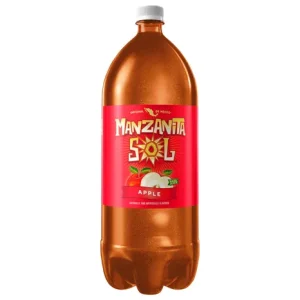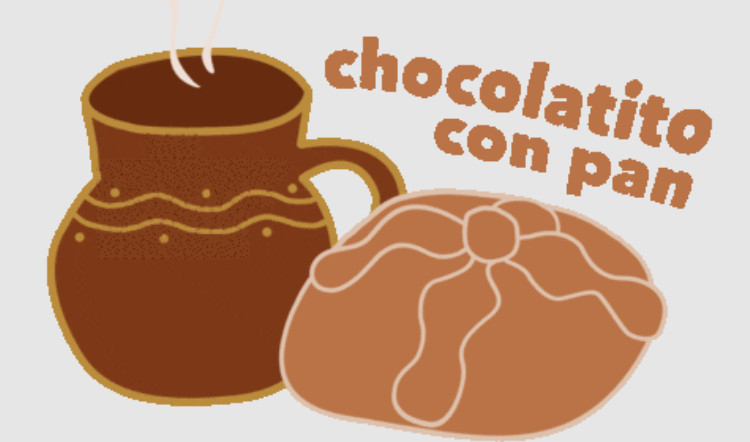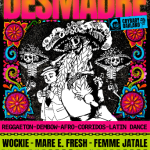If you spend time in Mexico, you will hear diminutives everywhere — and food is one of the favorite places to find them. Un cafecito, unos huevitos, tómate tu lechita, un pastelito, unas tortillitas calientitas… these little endings do a lot of work. They sometimes mean size, but often they mean something else: friendliness, politeness, persuasion, or a way to invite someone without sounding pushy.
Below I explain the main uses and give lots of examples so you can see how Mexicans really use these forms. The goal is practical: help you understand what people mean when they say the diminutive, and give you safe ways to use it if you want to sound more natural.
What the diminutive can convey (short version)
A diminutive like -ito/-ita (and its friend -cito/-cita) can express one or more of these ideas at the same time: small size, affection (talking to a child, your pet, or someone else you like), politeness (softening an offer), persuasion (making the food sound more tempting), or informality and warmth. Context and tone tell you which meaning is strongest.
Table with common food diminutives and how they work
| Spanish example | Literal English | Colloquial English equivalent / nuance |
|---|---|---|
| un cafecito | a little coffee | “How about a little cup of coffee?” — invitation, friendly; sometimes small size |
| unos huevitos | some little eggs | “prepared eggs” or “tasty eggs” — often diminutive for portion or for kids |
| tómate tu lechita | drink your little milk | “have your milk” said to a child; affectionate and gentle |
| un chocolatito | a little chocolate | “a small chocolate” — could be about size or making it sound sweet and tempting |
| unos frijolitos | some little beans | “a few beans” or “some refried beans” — softens the offer: “have some beans” |
| un juguito | a little juice | “a small glass of juice” — friendly, often for kids or casual guests |
| un pastelito | a little cake | “a cupcake / small slice” — size OR a cozy tempting offer: “have a little cake” |
| unos tamalitos | some little tamales | “a couple of tamales” — small portion or affectionate expression |
| unas tortillitas calientitas | some warm little tortillas | “some warm tortillas” — warmth + hospitality; not about a different tortilla size |
| un tecito | a little tea | “a cuppa tea” — friendly offer, polite |
| unas papitas | some little potatoes / chips | “chips / little fries” — casual snack offer, friendly |
| un pancito | a little bread roll | “a small roll” — size and hospitality (offering bread with a meal) |
| unos taquitos | some little tacos | “a small taco” — real small size (street tacos) but also a cozy way to offer food (not about size) it could mean you are craving tacos. |
| cochinita pibil | pibil-style, female little pig | pork marinated in achiote paste, sour orange juice, and spices, then slow-cooked until tender and shredded. The diminutive is already in this dish’s name |
| carnitas | little meats, small meats | pig pork slow-cooked in lard until tender, then crisped to a delicious texture. This specialty has the diminutive in its name. |
| pancita | little belly | tripe stew, also known as Menudo, made from cow’s stomach |
| unas gorditas | little chubby ones | it’s a Mexican snack. In this case, the diminutive is in its name. |
A few real situations
If a neighbor says ¿Quieres un cafecito?, she’s probably offering a cup in a friendly, warm way — not checking the exact milliliters. If a mom says to a toddler tómate tu lechita, she wants the child to drink a bit of milk — the diminutive is affectionate and soft. In a restaurant, un pastelito can mean a small pastry for dessert (size) and maybe even not too expensive, it’s just a little more money, but at a family party un pastelito can be an inviting way to say “have some cake” — not necessarily smaller than usual.
Why Mexicans use diminutives with food so much
One big reason is culture: food and hospitality are closely linked. Using a diminutive makes an offer feel less like an obligation and more like a small, friendly favor. Saying toma un cafecito is less imposing than toma un café. It’s a soft touch that creates warmth. Diminutives also help sellers and hosts be persuasive without being pushy: ¡Prueba este taquito! sounds nicer than ¡Prueba este taco! pozolito, pollito, tómate tu agüita.
Another reason is tone: with friends and family, diminutives add closeness. With strangers or in formal contexts you’ll hear them less. In Mexico the diminutive is part of the everyday register — it creates a conversational mood that is informal, affectionate, and often practical.
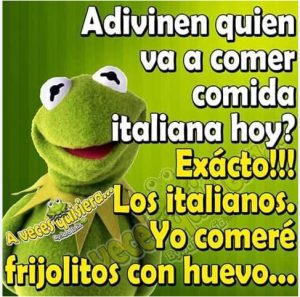
When the diminutive is really about size
Some words use diminutives primarily for size. Street food is a good example: taquito could literally be a small taco (smaller taco al pastor), pastelito can literally mean a small cake or pastry. Galletitas cookies or crackers, it could be small size. Galletas de animalitos are those small animal crackers and the diminutive goes in the animals!
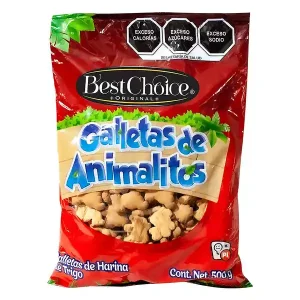
When the diminutive is not about size at all
Tortillas are a great example. Tortillitas calientitas usually doesn’t mean tiny tortillas — it’s about warmth and friendliness: warm tortillas are more inviting. Frijolitos doesn’t imply tiny beans in most homes; it’s often “some beans” offered kindly. Tecito is not always less tea — it’s softer, cozier: “a cup of tea, if you like.”
Uses: politeness, persuasion, and softening
If you want something without sounding rude, use a diminutive. Dame un cafecito feels polite and maybe playful; Dame un café can sound more direct. Hosts use diminutives to persuade guests to eat more: ¿No vas a querer un pastelito? invites without pressure. Vendors use them to make the product sound cute or irresistible: Un chocolatito recién hecho or even recién hechecito (drink).
Some recommendations
Don’t overuse the diminutive if you want to sound formal or professional. In business meetings, avoid cafecito — better simple café. Also, tone matters: a diminutive can be affectionate, but used ironically it can sound condescending. If a stranger says ¿Un taquito? with a warm voice, it’s a nice offer.
If you’re learning, a safe strategy is to listen and repeat what you hear among friends. Try ¿Quieres un cafecito? with a smile — it’s hard to go wrong.
Quick mini-dialogues (real contexts)
“Hola, pasaba y traje pancito.” — a friendly visitor bringing a bag of pan dulce.
“¿Un tecito para el frío?” — gentle offer, often to make someone comfortable.
“Vamos a comer unos taquitos.” — casual plan: let’s go eat some (small) tacos.
“¿Me sirves más frijolitos?” — soft, friendly request for an extra serving.
Diminutives in food are a window into Mexican warmth and hospitality. They make offers gentler, food more tempting, and conversations friendlier. Once you start noticing -ito and -ita on menus and at tables, you’ll also start to feel more comfortable accepting — and offering — food the Mexican way.
